The quiet mountain village of Iga, long celebrated as the birthplace of Japan's legendary ninja warriors, has found itself at the center of an unexpected cultural storm. What began as an ambitious tourism project to bring the mysterious world of shinobi to international audiences has resulted in a wave of complaints from visitors who claim the experience fundamentally misunderstands and misrepresents authentic ninja traditions. The Iga Ninja Experience Village, which opened three years ago with substantial government funding, now faces calls for substantial revisions or even closure from both cultural preservation societies and disappointed tourists alike.
At first glance, the village appears to fulfill every foreigner's fantasy of feudal Japan's shadow warriors. Participants don black garb, throw shuriken stars at wooden targets, and practice creeping through mock castle corridors. Yet according to Dr. Kenji Yamamoto, a historian specializing in medieval Japanese warfare, "The entire concept confuses theatrical ninja stereotypes with historical reality. Real shinobi rarely wore all-black outfits, didn't primarily function as assassins, and certainly didn't engage in the flashy acrobatics we see in the village's staged demonstrations."
The complaints crystallized after a group of American martial arts enthusiasts visited last autumn. Among them was Daniel Carter, a practitioner of traditional Japanese kobudō for fifteen years. "What they're selling is ninja Disneyland," Carter wrote in a widely shared blog post. "The guides claim certain weapons were 'standard ninja gear' when they were actually invented for 1960s movies. They teach 'secret hand signs' that appear nowhere in historical manuals. It's cultural appropriation with a thin veneer of authenticity."
Japanese cultural organizations have expressed particular concern about how the experience village handles spiritual elements. The "ninja meditation" session, which promises to teach ancient mind-focusing techniques, actually borrows heavily from Zen Buddhist practices with no historical connection to shinobi traditions. The Kōyasan Shingon sect has formally requested the removal of this segment, stating it creates dangerous confusion about Japan's religious heritage.
Perhaps most controversially, the village's "ninja initiation ritual" involves participants drinking a supposedly traditional herbal concoction while making vows of secrecy. Historical records indicate no such ceremony ever existed. The Japan Folklore Society has labeled this invention as "particularly egregious," noting that actual ninja families maintained secrecy through complex social structures, not theatrical oaths.
Local business owners are divided about the controversy. While some acknowledge the criticisms, others argue the village has brought much-needed tourism revenue to the rural region. "Foreign visitors want excitement, not history lessons," maintains Haruto Sato, whose family has run an inn near the village for generations. "If we showed the real ninja techniques—mostly about gathering information and blending in—no one would pay for that."
The situation highlights broader tensions in cultural tourism across Japan. As international visitor numbers surge, many heritage sites struggle to balance entertainment value with historical accuracy. The ninja, already shrouded in mystery and myth, prove particularly vulnerable to sensationalism. Unlike samurai traditions with extensive documentation, authentic ninja practices were deliberately kept obscure, making verification challenging.
In response to mounting pressure, the Iga municipal government has announced plans to convene a panel of historians and martial arts experts to review the experience village's programming. Proposed changes include replacing fictional elements with reconstructed techniques from surviving ninjutsu scrolls and training participants in actual espionage methods used during Japan's warring states period.
Meanwhile, some scholars suggest the controversy itself stems from cultural differences in expectations. Dr. Emily Sandford, an anthropologist studying Japan's tourism industry, observes: "Western audiences often approach ninja culture as a form of exotic fantasy, while Japanese visitors tend to view it as part of their national heritage. The village tried to cater to both perspectives and satisfied neither."
As the debate continues, the Iga Ninja Experience Village remains open, its future hanging in the balance. The case serves as a cautionary tale for cultural tourism projects worldwide—what captivates imaginations doesn't always align with historical truth, and in the age of social media, inauthenticity rarely goes unchallenged for long.

By Jessica Lee/Apr 7, 2025
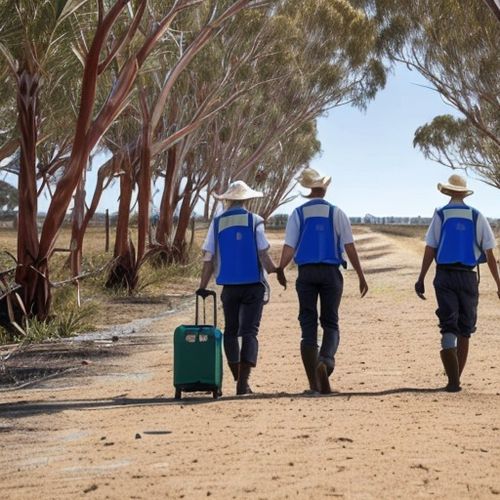
By Emily Johnson/Apr 7, 2025

By Jessica Lee/Apr 7, 2025
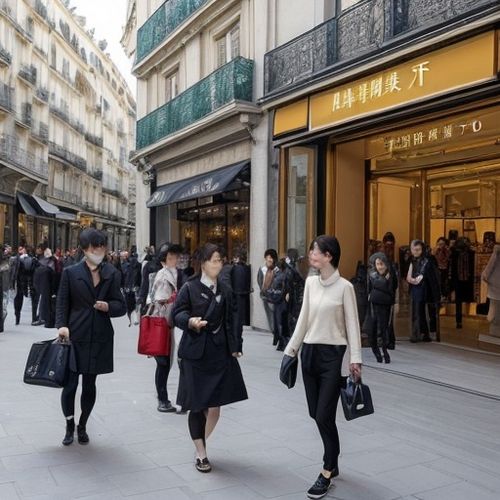
By Joshua Howard/Apr 7, 2025
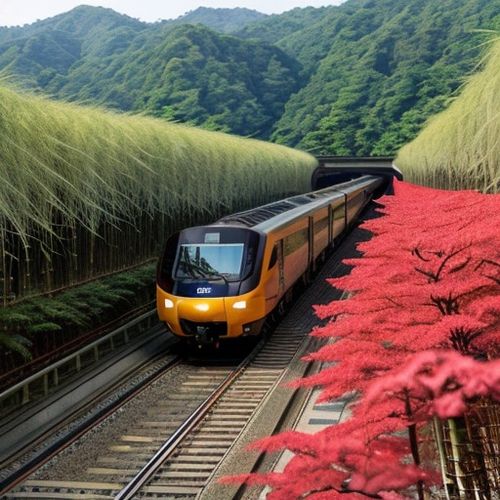
By Amanda Phillips/Apr 7, 2025

By Sophia Lewis/Apr 7, 2025
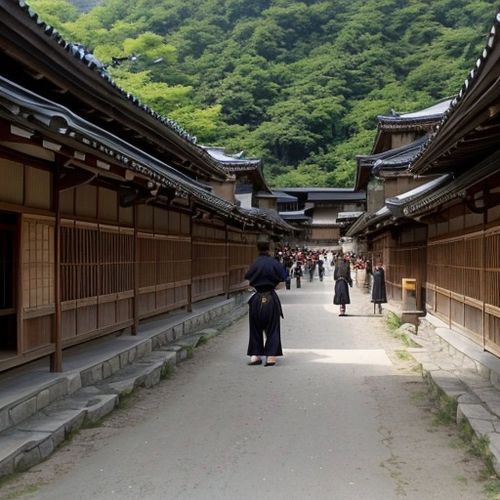
By Samuel Cooper/Apr 7, 2025

By Michael Brown/Apr 7, 2025
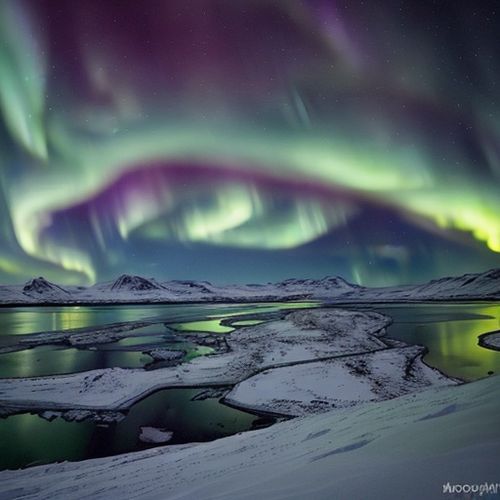
By Elizabeth Taylor/Apr 7, 2025
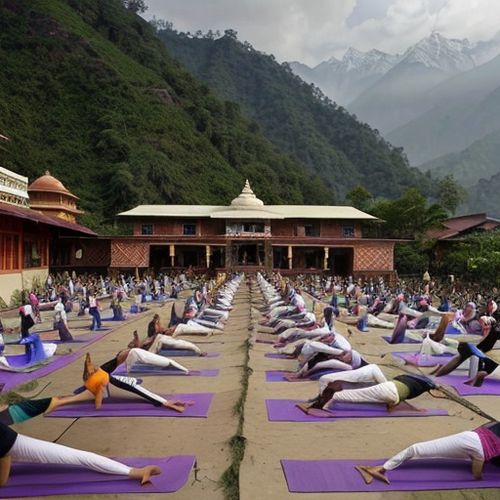
By Sarah Davis/Apr 7, 2025

By Daniel Scott/Apr 7, 2025
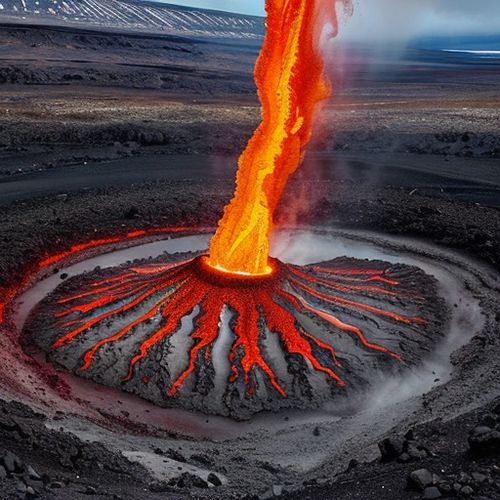
By Grace Cox/Apr 7, 2025
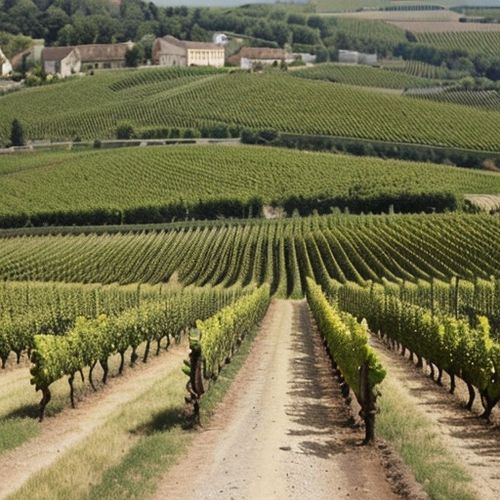
By Grace Cox/Apr 7, 2025

By Ryan Martin/Apr 7, 2025

By Christopher Harris/Apr 7, 2025

By Lily Simpson/Apr 7, 2025
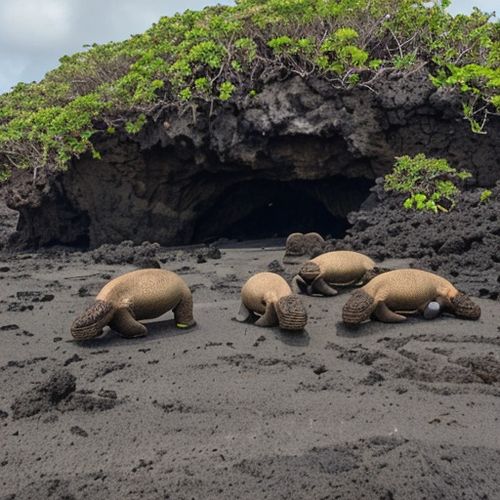
By Elizabeth Taylor/Apr 7, 2025
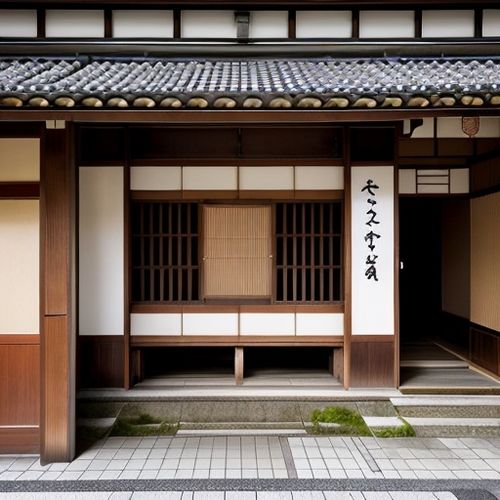
By Christopher Harris/Apr 7, 2025

By Noah Bell/Apr 7, 2025
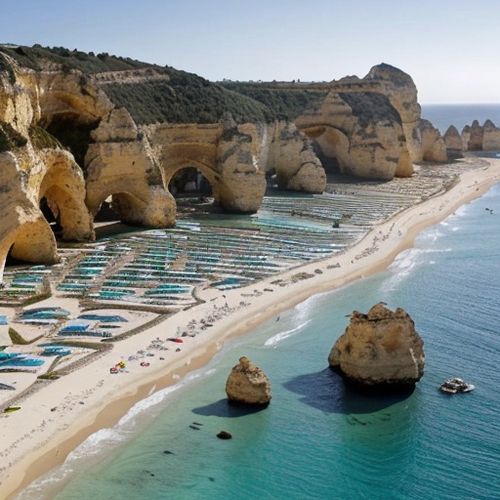
By Thomas Roberts/Apr 7, 2025